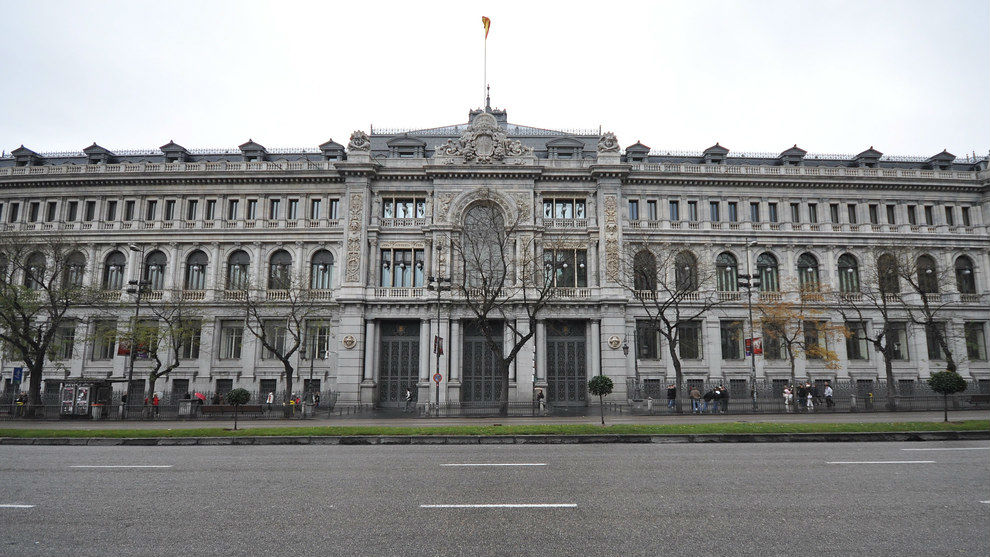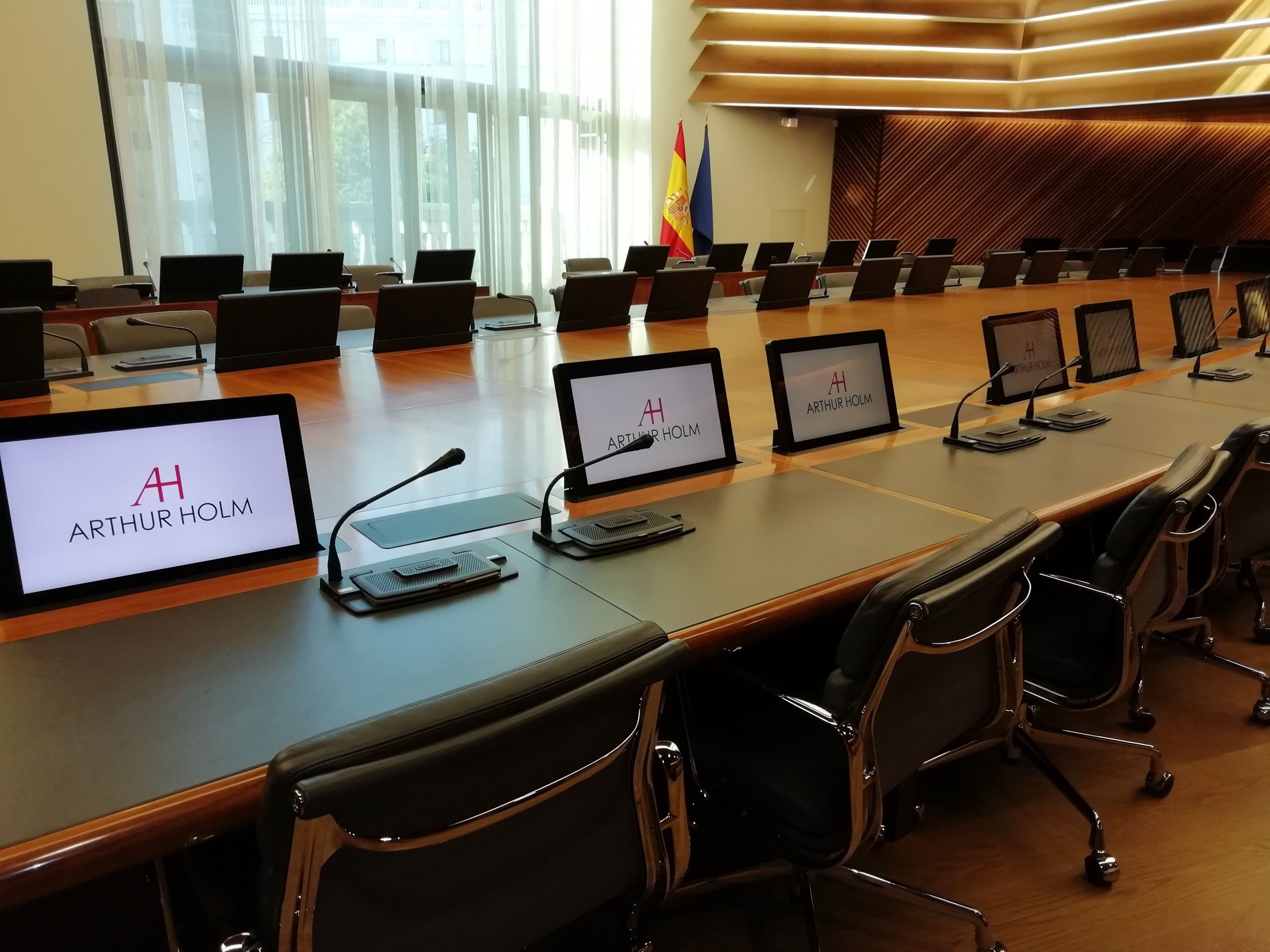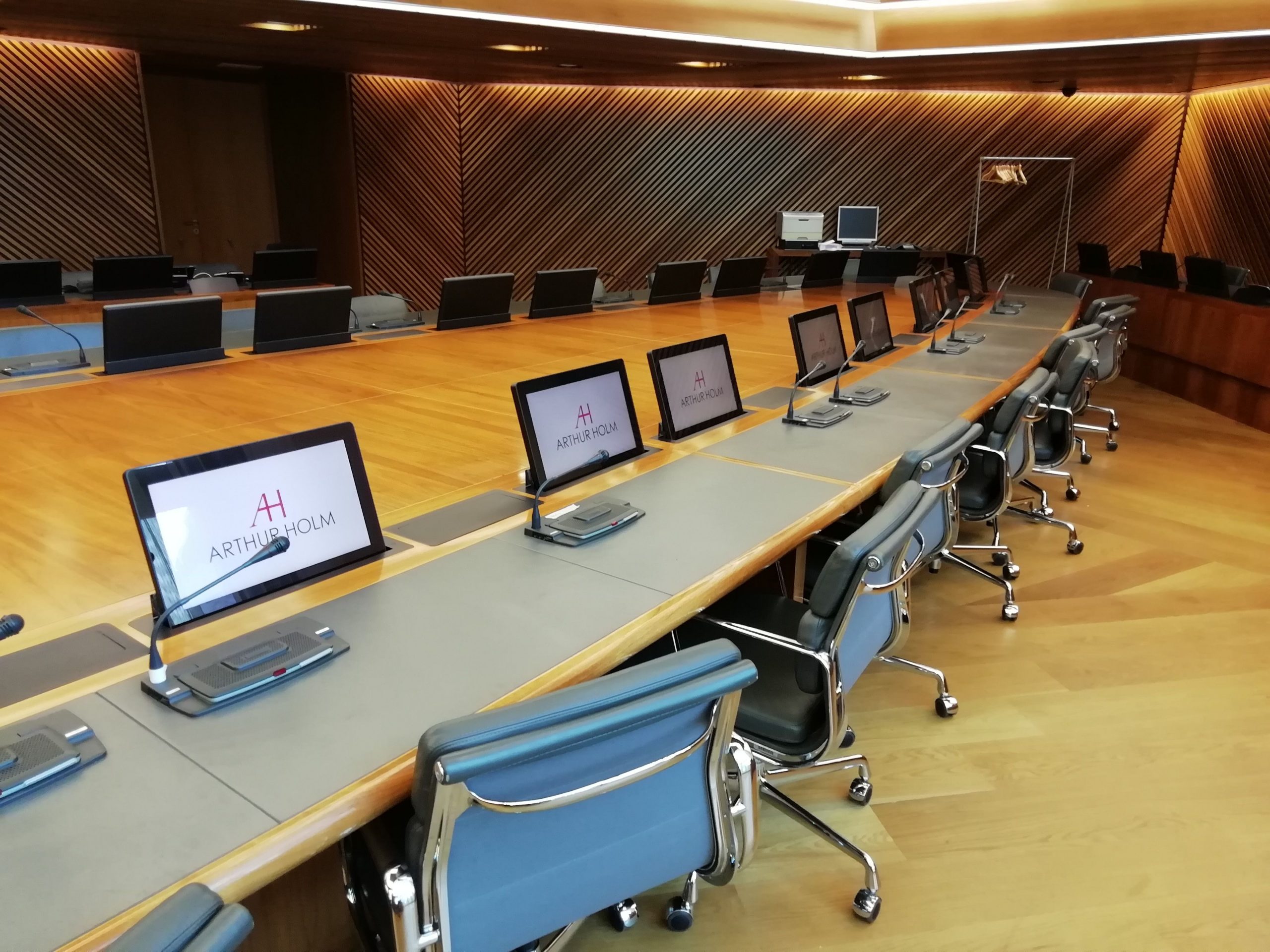Simple, elegant, with a long history, and constructed at the height of 19th-century architecture, few buildings in Madrid have evolved as successfully and harmoniously as the headquarters of the Banco de España (The Bank of Spain). Located in the iconic setting of the Plaza de Cibeles, its construction was approved at the end of 1883 and the first phase was completed in 1891. Eduardo de Adaro was its main architect, (assisted initially by Severiano Sainz de la Lastra and, after his death, by José María de Aguilar y Vela).

After overcoming many construction difficulties, these architects managed to create a building that is undoubtedly one of the most powerful examples of Spanish architecture of the period, in which the two characteristics of the institution converge with great flow and fluidity: the industrial and the representative. A balance that occurs not only at a structural level, but also in its ornamental program, and which is one of the reasons why the building was declared a historical monument in the category “Asset of Cultural Interest”, in 1999.
Since its inauguration, the building has undergone a complex transformation that culminated in 2006,coinciding with the 150th anniversary celebration of the institution’s adoption of its current name. The architect Rafael Moneo, winner of the prestigious Pritzker Prize, completed the building with a new *chamfered corner, creating a completely free-standing building, that addresses the need for meeting rooms and an auditorium. (*The chamfered corner is a feature of Spanish urban expansions, such as those in Barcelona, La Coruña, Gijón and Carrión).
In 2005, these meeting rooms and auditorium were equipped with motorized retractable monitors. The monitors were produced in black steel, to match perfectly with the table top cover. Users could activate the lift and retract mechanism at the mere push of a button, or via a remote control system. The installation of these monitors gave the tables considerable versatility, allowing them to be perfectly concealed inside the furniture when not in use, as well as offering invaluable visual support when analyzing data and images.
So in 2020, the decision was finally made to replace them, as the monitors supplied in 2005 had analogue video inputs and were in 4:3 format. The system still worked, but technology had moved on to wide screen formats, higher resolution and digital inputs. Nevertheless, the table on which they had been installed was designed to accommodate to the technology supplied at the time – one of the advantages of working with Arthur Holm! The brand adapted its DynamicX2s to fit exactly into the opening slot intended for the displays supplied 15 years earlier! So, the monitors were replaced by new ones finished in stylish black anodized aluminium, in a sleek contemporary design with rounded edges. Other updated features include screen protection with double-sided anti-glare glass, and a video board with two DVI inputs, and HDCP compatible. This more advanced system includes a built-in self-adjusting feature and a small LCD screen, which is accessible from the casing hidden inside the table, this allows access to the system’s adjustment and start-up settings, all without having to touch the existing opening slots in the table!

As the Bank of Spain states: “The Bank of Spain has been a loyal user of Albiral/Arthur Holm motorized monitors since 2005. We use this technology regularly and we can confirm that it is not only reliable and robust but also contributes to space optimisation and versatility. It is a technology that adapts to the furniture design, with the manufacturer able to customise solutions, and offer design, durability, service and technology”.

Products applied to this project
-
Motorized Monitor – DynamicX2View this product >



